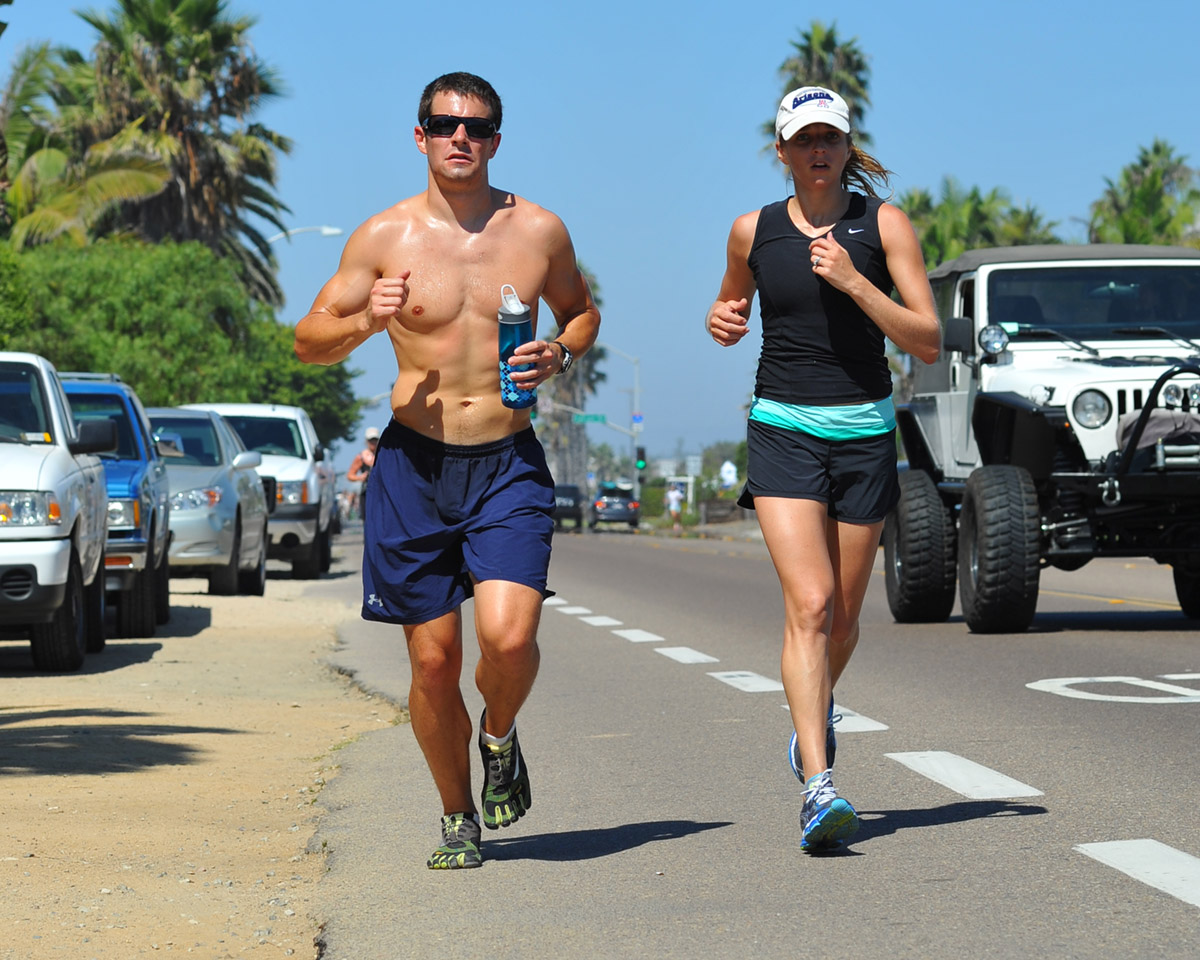
A person should learn about the feet before starting to seriously take up running or jogging. A person should learn everything that is important in running - the balance, support and propulsion - depends on the foot.
It is a good idea for beginners to visit a podiatric physician before getting into their exercise program.
The doctor will examine the feet and identify problems, if there are any. He or she will also discuss planned exercise programs and prescribe devices that might be needed for running shoes, and also recommend the best style of shoe to wear for each individual.
If the person takes up running or jogging seriously, then it is also a good idea to visit the foot doctor regularly to check if any problems with the feet have resulted, especially if the person is older than 40.
Runners of any age that have heart conditions, diabetes or a weight problem should talk to a doctor before getting into a serious program.
Aches and pains are inevitable for all new runners no matter how much preparation was put into the program. The best rule is to rest, if the pain is light, until it ceases, but if the pain does not go away and increases in intensity, then it is best to go see a podiatrist.
The best way to solve most problems is by getting arch supports or shoe inserts especially made for the individual from thepodiatrist.
Shin splints are usually caused by running on hard surfaces or running incorrectly, and the best thing to do to avoid them is to ask a skilled runner about running techniques that will help to avoid such problems.
Some other common foot injuries from running are plantarfasciit is, which is arch pain, and sesamoidit is, which is pain in the ball of the foot.
Plantar fasciit is is caused by frequent stress on the bottom of the foot that causes the band of tissue running from the heel to the ball of the foot to become sore and painful.
Inflammation and fractures of the ball of the foot, the sesamoid bones, are what causes sesamoidit is.
Heel spurs can occur when calcium deposits build up on the underside of the heel bone, which happens over the course of several months usually. This can be avoided by warming up properly with stretching exercises before running.
Injuries and pain in the Achilles tendon and calf muscle can also be avoided with a proper regiment of stretching before jogging or running.


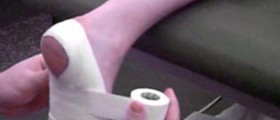
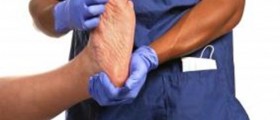
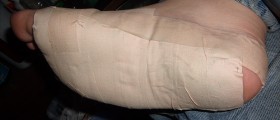
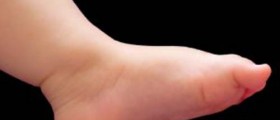
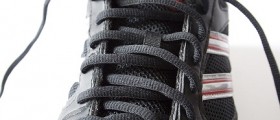

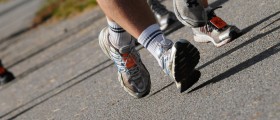
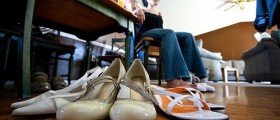
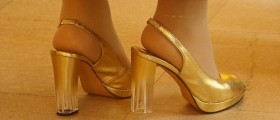

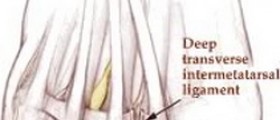
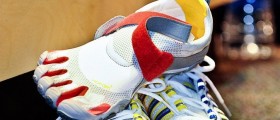
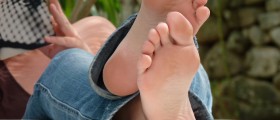

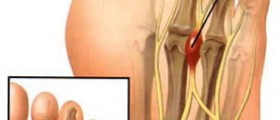
Your thoughts on this
Loading...